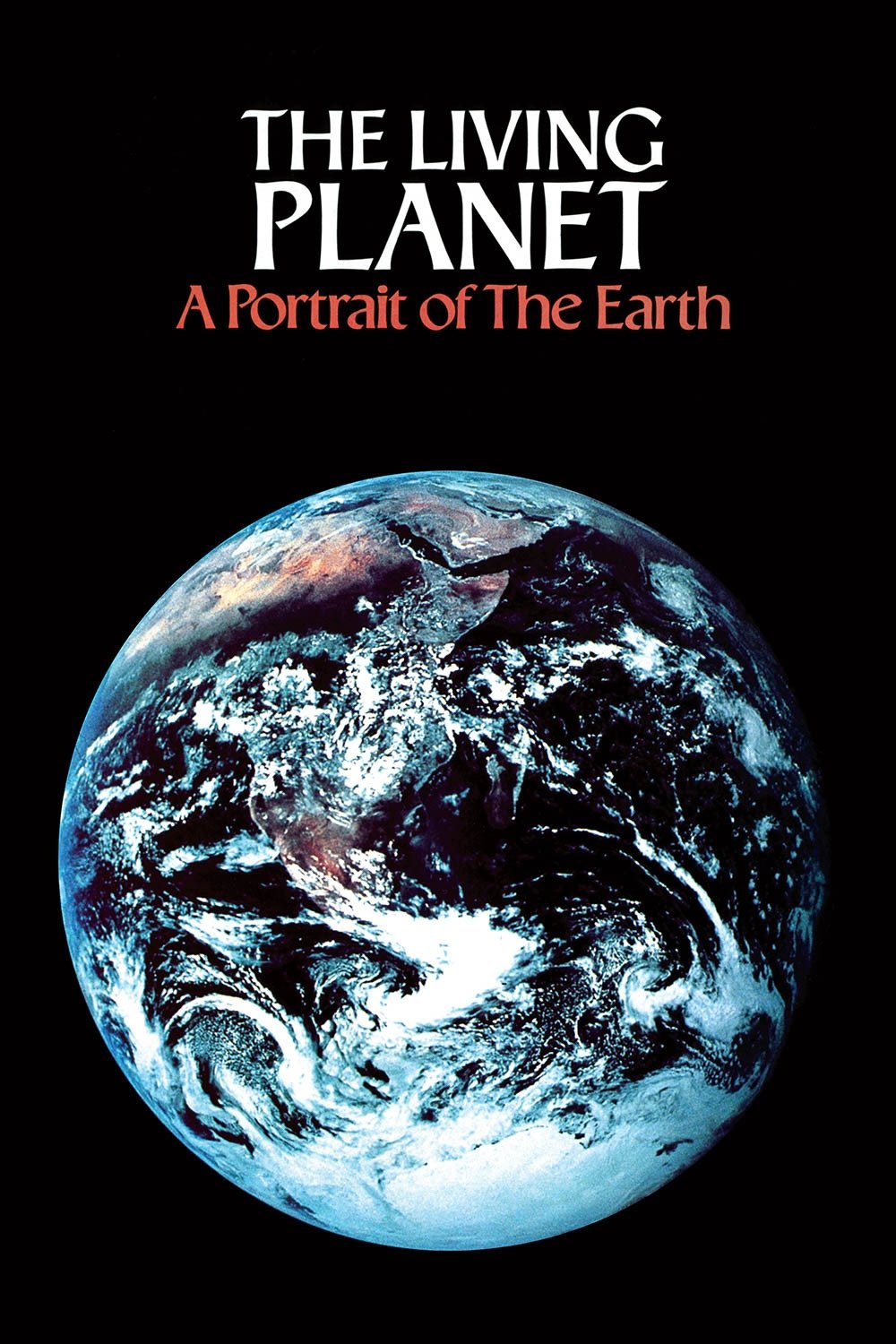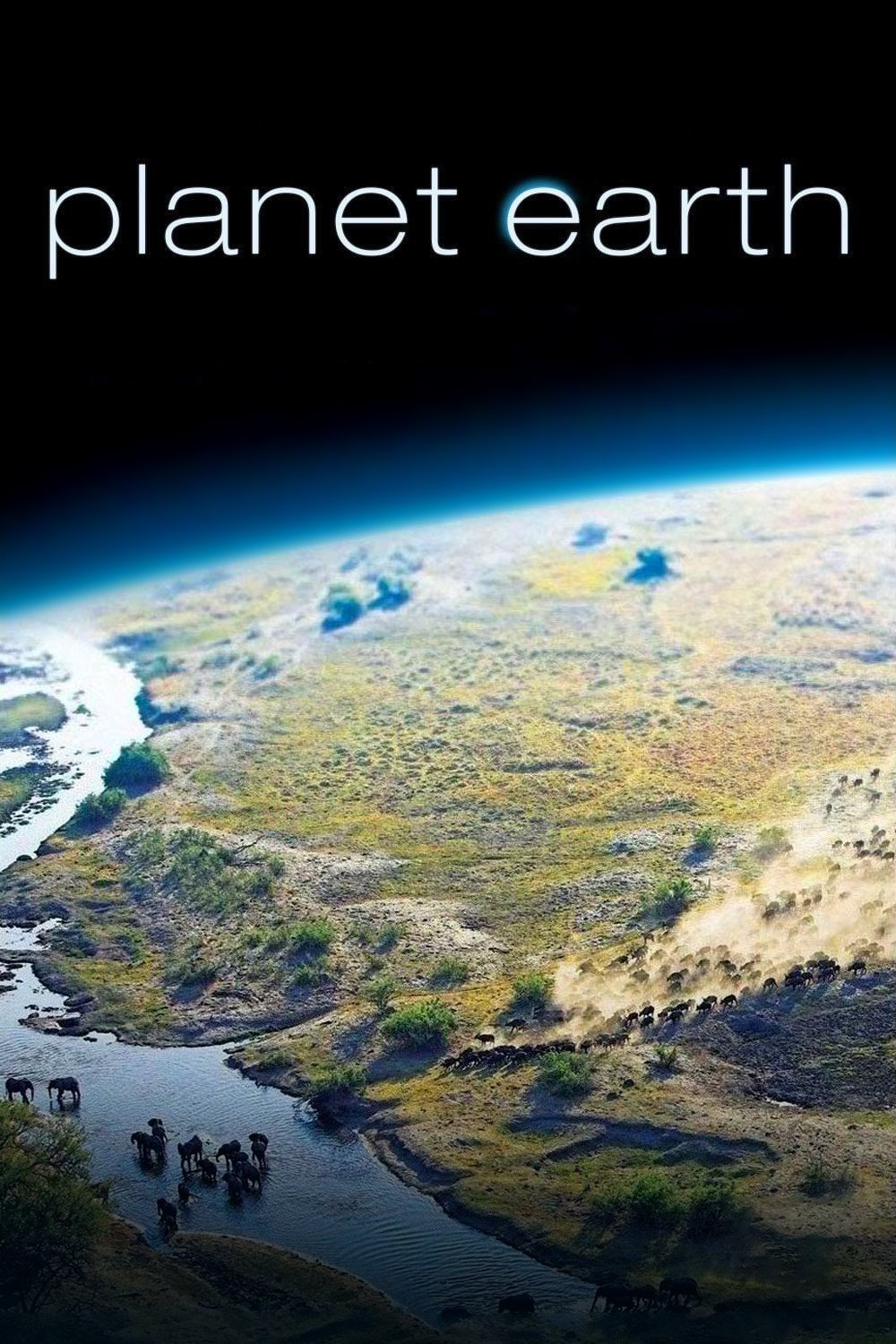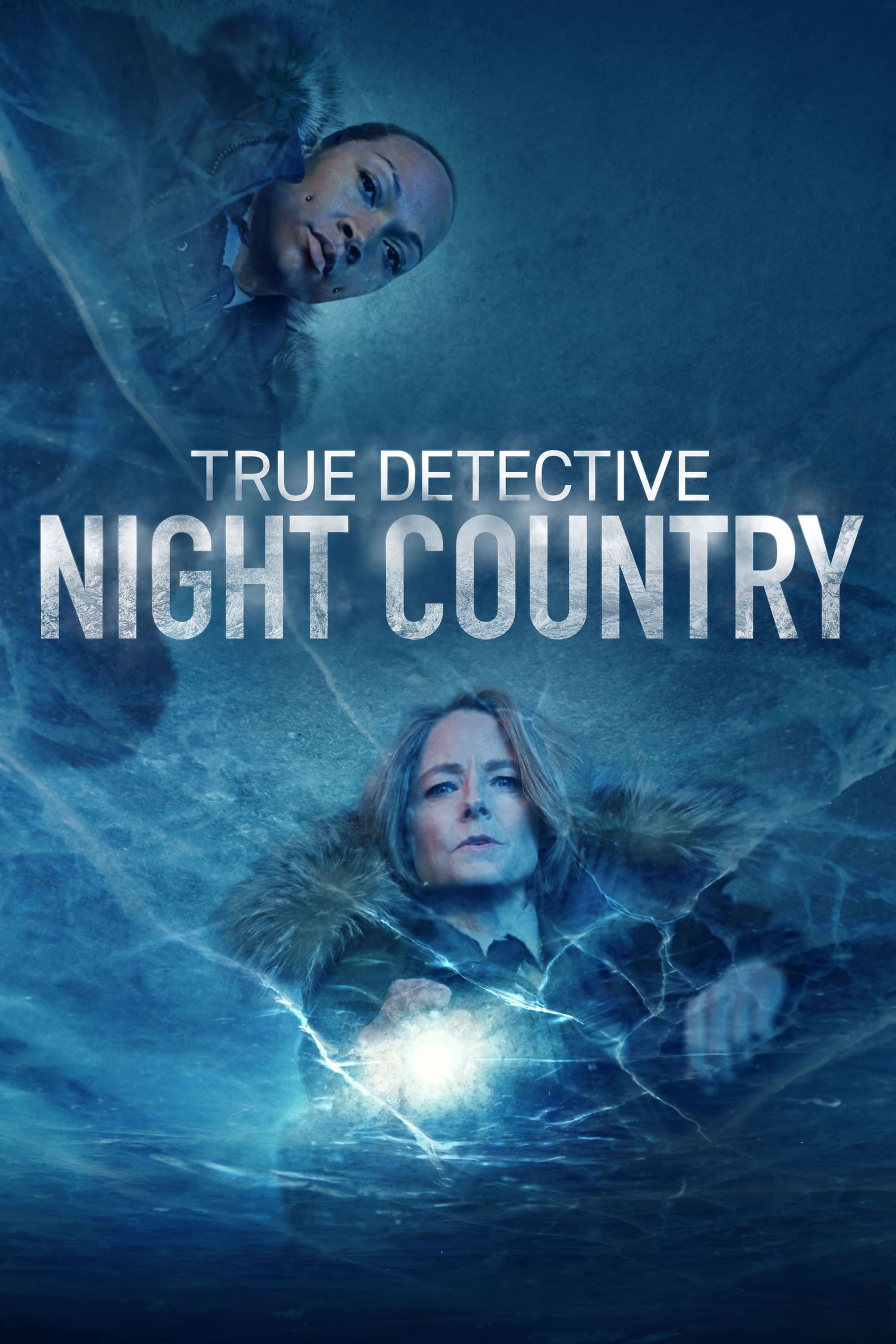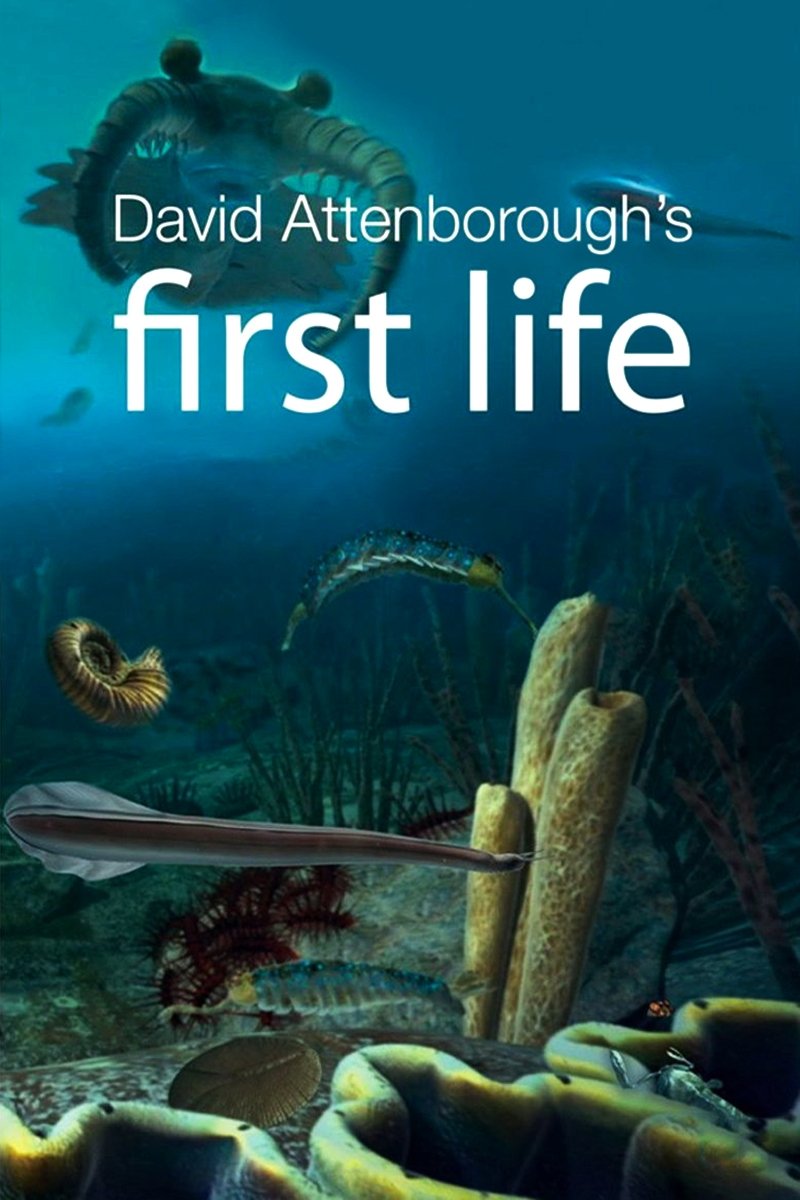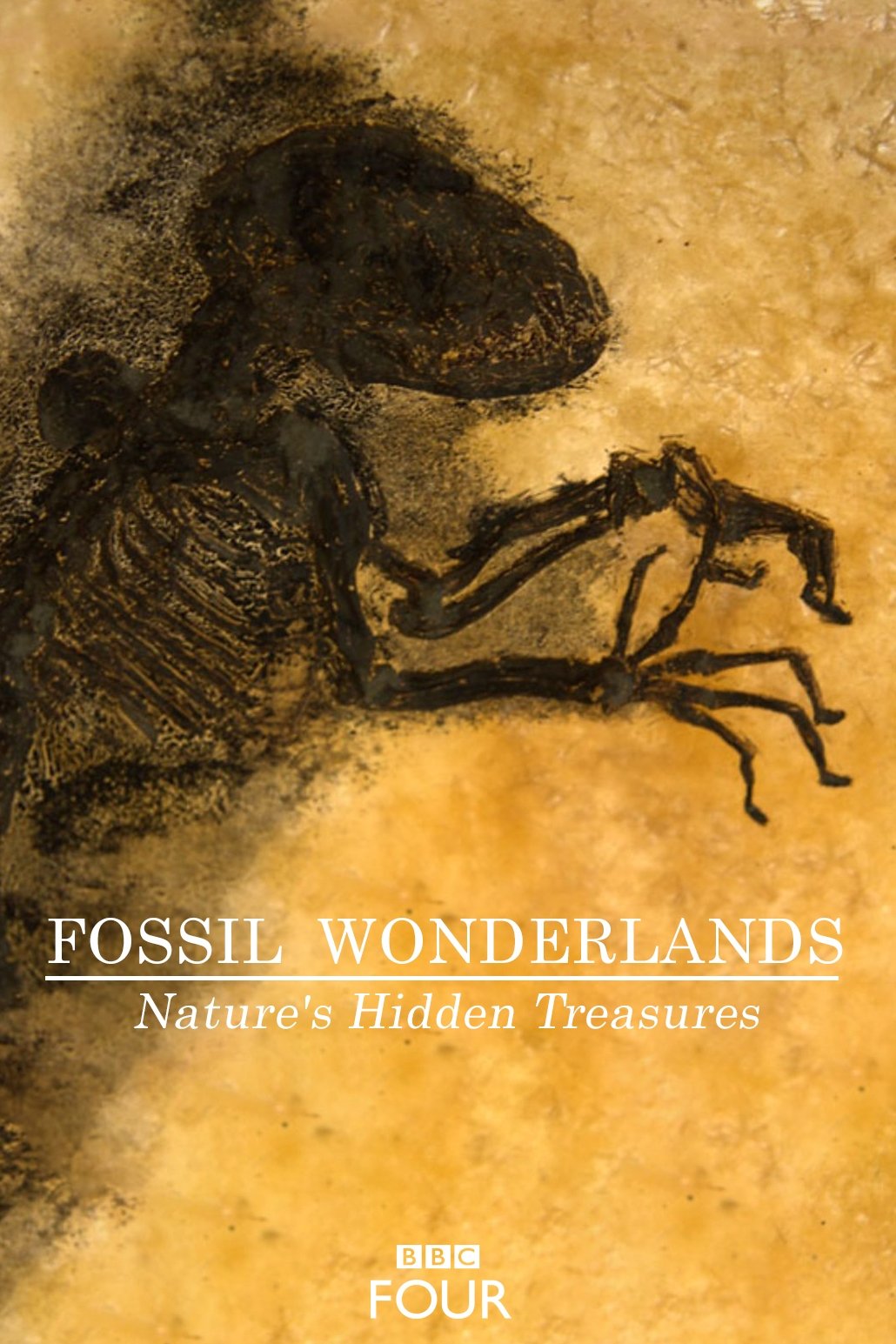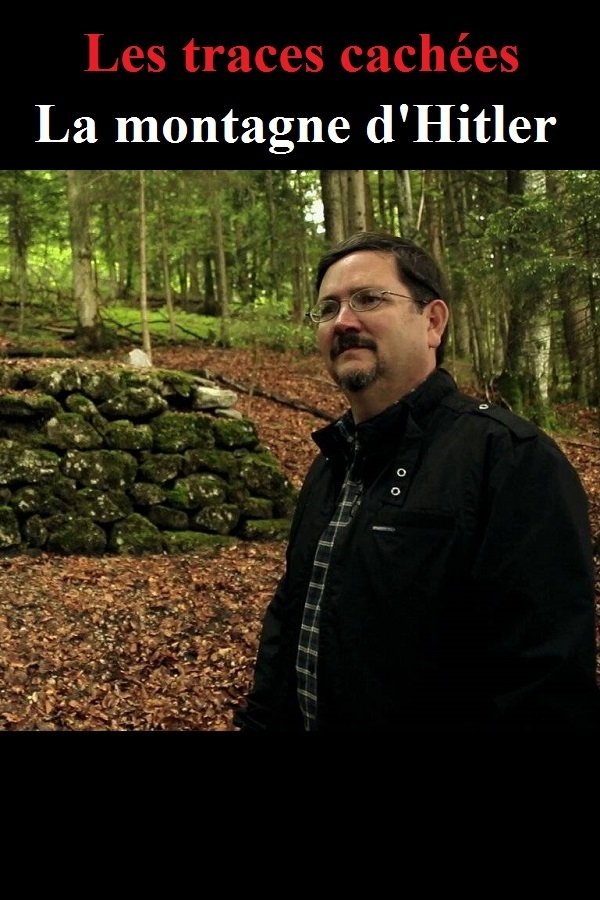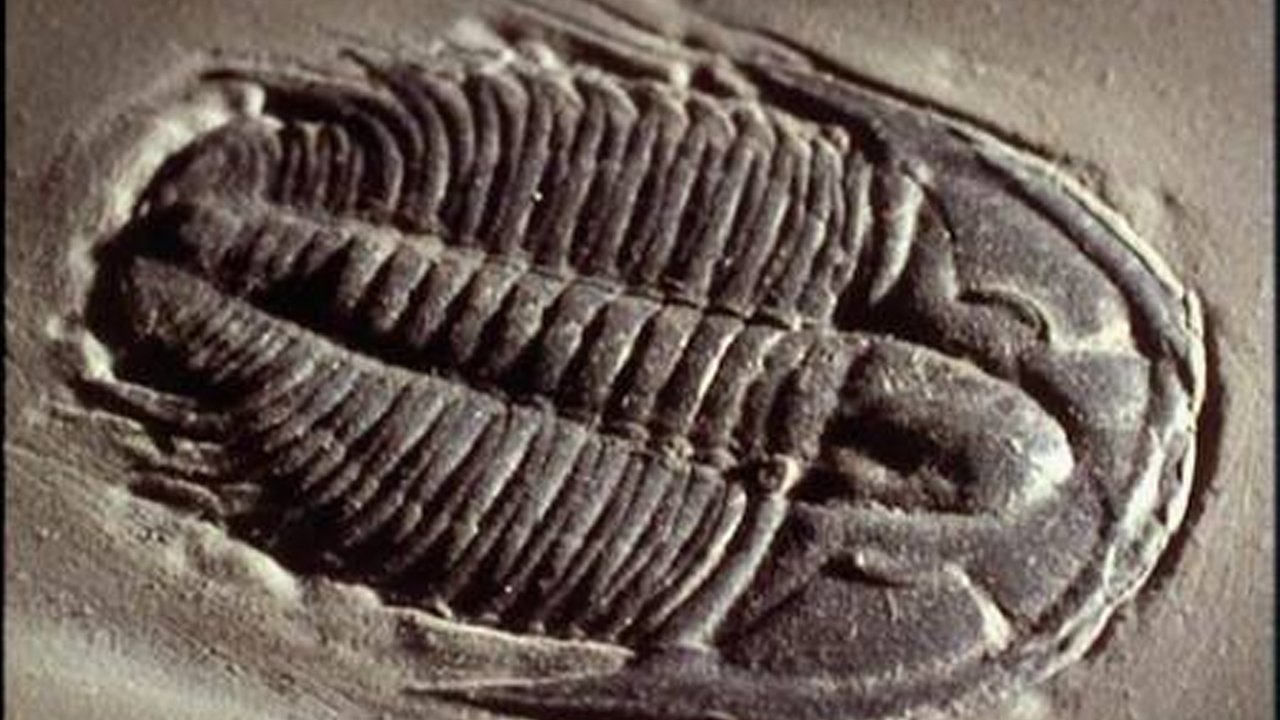
Lost Worlds, Vanished Lives
series not in production
Ended

Documentary
Seasons | 1
Episodes | 4
avg.Runtime | 40 min
First EP | 1989-04-23
Last EP | 1989-05-14
Overview
Stream on
David Attenborough presents a series on fossils and palaeontology.
Created by
Produced by

Turner Broadcasting System

BBC Bristol Productions
Season List

season 1 || Miniseries
Relesed on | 1989-04-23
1
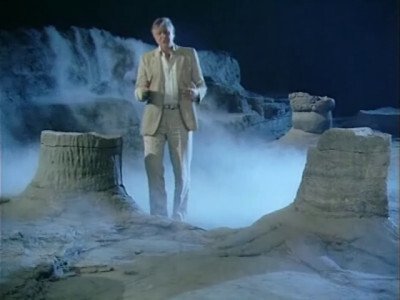
Magic in the Rocks
1989-04-23
"Magic in the Rocks", looks at the types of rocks where fossils can be found, from limestone, mudstone and sandstone to coal and amber. We travel from the Dorset coast to a quarry in Leicestershire then across the world to the Dominican Republic and Arizona and back to Glasgow and Edinburgh. We visit mines, petrified forests and swamps and laboratories where fossils are being extracted from their stony matrix, X-rayed, cat scanned and manipulated in 3D computer cross-sections.
2
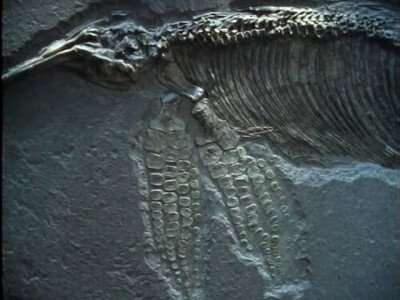
Putting Flesh on Bone
1989-04-30
"Putting Flesh on Bone", explores what the animals looked like and how they behaved when they were alive. Some of the fossils are preserved in remarkable detail so that you can see the outlines of their flesh and the contents of their stomachs. Fur is clearly visible around a pterosaur fossil and the large breastbone suggests substantial flight muscles allowing powerful flight rather than just gliding. We visit the Smithsonian Institute where they have made a half-sized pterosaur model (large full-sized fossils can range from 35 to 50 feet wing-spans) to try to work out how the real giants of the air could fly.
3
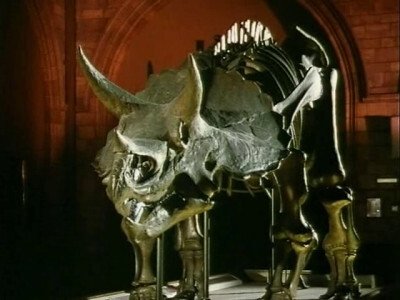
Dinosaur
1989-05-07
"Dinosaur", provides the most familiar information. Dinosaurs have been 'done to death' by, seemingly, dozens of speculative and factual documentaries since David made this. But even if this episode is full of facts that have become familiar to us, it's better presented than most and still interesting.
4

The Rare Glimpses
1989-05-14
"The Rare Glimpses", examines areas of the fossil record where information is sparse. We visit The Burgess Shales in British Columbia, Canada where there's a rare deposit of soft-bodied animals, the sort that don't usually fossilize. The animals of The Burgess Shale are beautiful, unlikely and bizarre. The most common creatures preserved 500 million years ago, were trilobites. But what did the trilobites eat and what ate the trilobites? The creatures that trilobites preyed upon and those that preyed upon trilobites are found here, at The Burgess Shale. After the time of the dinosaurs, there's another period when small, delicate mammals only rarely fossilized and we see a rare glimpse of them at sites in Germany: one where the famous Archaeopteryx fossil was discovered and another where the mudstone is a mere 48 million years old and hasn't finished solidifying into rock.
“I would rather entertain and hope that people learned something than educate people and hope they were entertained.” – Walt Disney



